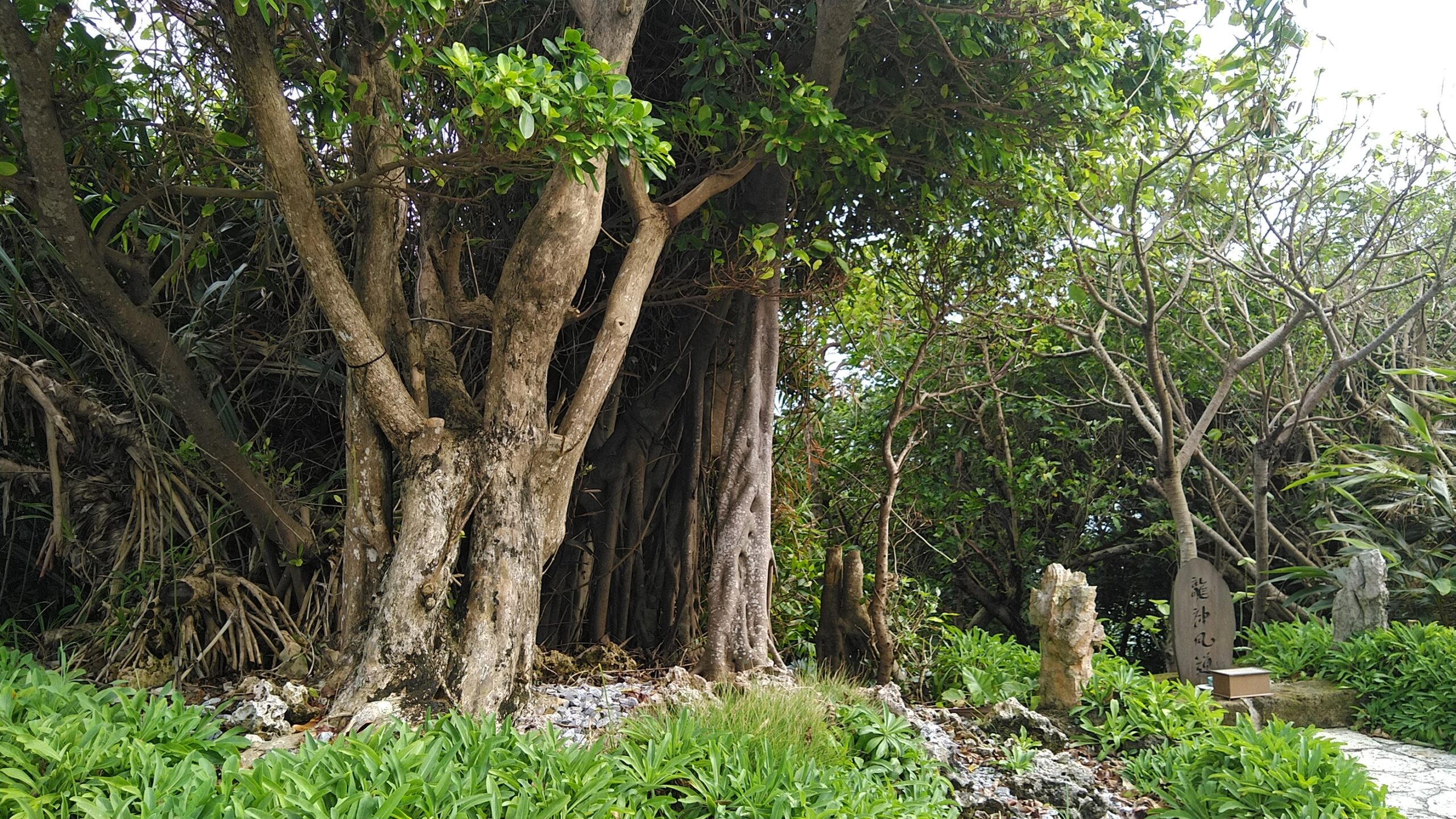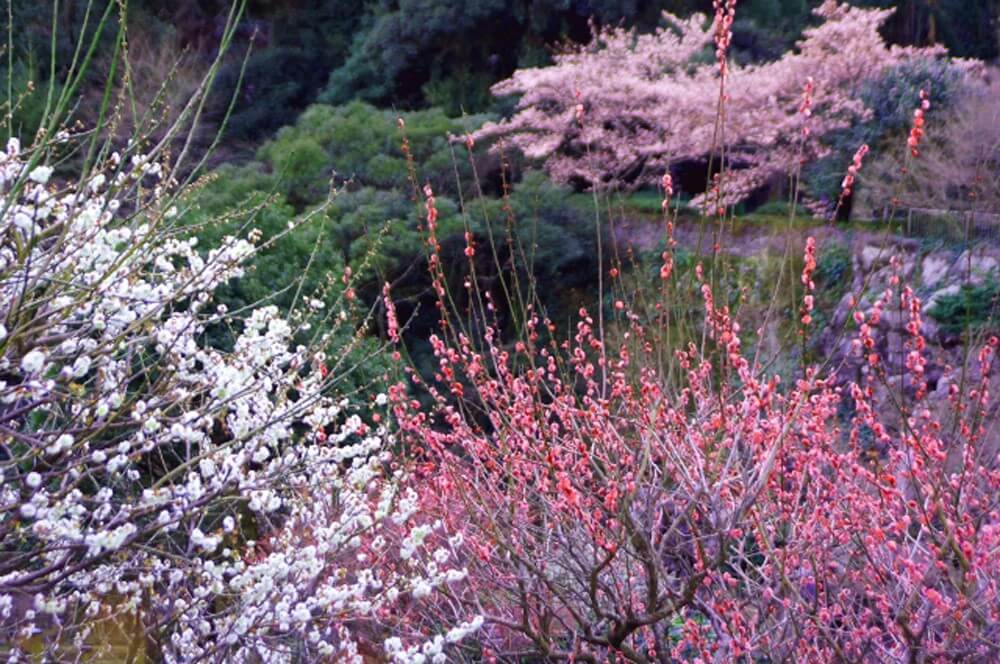There is something in Okinawa that fascinates many people.
People will be attracted to the existence of “Okinawa”, which is a mixture of beautiful sea, warm climate, unique history, culture and customs, words, buildings, sounds and music of the sanshin, food, and the personality of Okinawans.
However, on the other hand, there are some things that Okinawa does not have. I’m from Tohoku, but I’m sometimes envious of Uchinanchu (Okinawa people).
The first time I experienced it was on the bank.
When I couldn’t understand it, he explained, “Okinawa doesn’t have a big river.” The bank as the embankment is very rare, and it seems that it was a longing scenery.
Neither big mountains nor snowy landscapes can be seen in Okinawa. You won’t be able to experience the freezing cold in Okinawa. You may say that rice and food are better in Tohoku.
I left my hometown and learned about my hometown. If you live longer, you may not understand the goodness of the land.
People who like traveling may be traveling in search of “the identity of the place where they live”.
Now, this time, I would like to finally approach the “secret of Nuchimasu”. We will also introduce unexpected superb views and power spots near the Nuchimasu Factory.
What is the difference between the best salt in the world?
By the way, what is “Nuchima-su”? In the Okinawan dialect, “life” is called “nuchi” and “salt” is called “masu”.
“Salt of life”. Sure, salt is an essential part of the body, but what makes it different from other salts?

Nuchimasu Salt Factory. There are also shops and cafes.
The secret was in how to make it. Common salt making is done by boiling seawater in a kiln, drying the seawater in the sun, or passing electricity through the seawater.
However, Noguchima has a unique method called “normal temperature instant aerial crystal salt making method”. Although it is a long name, this technology was invented by Masakatsu Takayasu, president of Nuchimasu Co., Ltd.

Trees and the sea from the back of the factory. Unfortunately, the majesty of nature was transmitted even in the cloudy sky.
With this technology, it is possible to leave the entire “minerals” in seawater that would be lost by other salt-making methods.
By applying warm air to the seawater that has been made into a fine mist by a special machine, “only the water” is evaporated and the salt and minerals are crystallized in their entirety.

Salt making room. It looks like a snowy landscape, but it's hot inside because it uses warm air.
The raw material, seawater, is almost unaffected by agriculture, industry, and domestic wastewater on Miyagi Island, and is taken from places where new clean seawater constantly flows in due to the influence of the Kuroshio Current.
The sea, the source of all life. It seems that the salt and mineral components contained in seawater have almost the same balance as the amniotic fluid in which human blood and foets grow.

The Pacific Ocean is taking in seawater, which is a raw material.
It changes the concept of “salt” that salt does not accumulate in the body by not only supplementing salt but also supplementing minerals necessary for the body and containing a lot of minerals (potassium) that discharge excess salt. It was exactly the “salt of life”.
Those who are interested are also selling online, so please try it.

The secret of Nuchimasu is also outdoors
By the way, there are some highlights around the factory, so I decided to go there.

It looks like a pineapple, but it is a tree called “Takonoki” and the fruits are not as sweet as pineapples.
It is said to be boiled and edible, or used as a raw material for cooking oil.

This is a place called “Ryujin Fudo”.
It seems that it is a very good power spot on the street of energy.

If you stand here, you will see a warm, pleasant breeze coming in gently.
I had never been to a place called a power spot, but I was surprised to find something warm like energy.
The island “Hamahigajima” where the gods live and the sacred island “Kudakajima” of Okinawa, which was introduced in the first part, are in line with this Ryujin Fudo. is.

Hylotelephium vulgaris. It is also called "child treasure grass" because of the way it breeds. In December, the bright red flowers in the shape of bells come in bloom.

The grounds are like a garden and are named “Nuchiuna”. “Una” was originally the courtyard square in front of Shurijo Castle.
Then, as I passed through the overgrown trees, I was able to meet an unexpected and spectacular view.

Kafu Banta
The result is “happiness” and Banta is “cape”. Sea turtles come to spawn on the beach of the cove on a full moon night.
At the Nuchimasu Salt Factory, the staff will explain the salt making process carefully. It’s hard to have such an experience after becoming an adult. It seemed that the excitement of my curiosity when I was in elementary school was revived.
Even so, I didn’t think that “salt” was so profound.
Moreover, it was a wonderful place where you can wash your heart and receive energy in the beautiful sea.

Encounter with Yanbaru coffee
“Nuchimasu Kanko Shio Factory” also has a cafe.
Finally, I would like to introduce the sweets and coffee I received there.

At first glance, it looks like ordinary buns and iced coffee, but “Nuchimasu buns” contain “fresh cream” instead of “an”, which gives the buns a gentle salty taste. Brings out the sweetness.
For iced coffee, we use coffee beans cultivated in “Yambaru (a region where a lot of nature is left in the northern part of the main island of Okinawa)”, which was recently registered as a “World Natural Heritage”.

Yanbaru's nature. The fern plant "Hego" is said to have existed since the time when dinosaurs lived.
Yanbaru has the only coffee plantation in Japan, and its coffee beans are very rare.
It was a very delicious iced coffee with a clear and refreshing bitterness.
See you next time.

Yambaru mountains.


























































